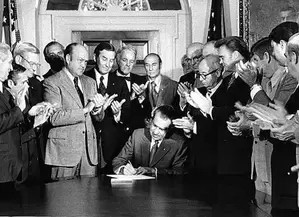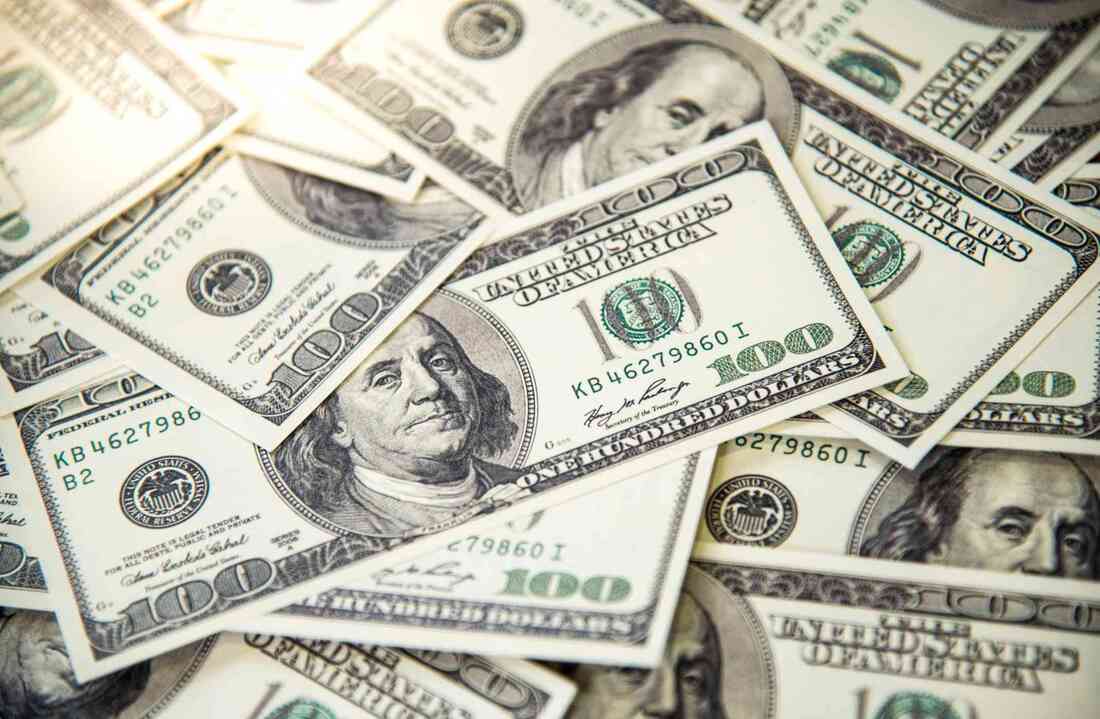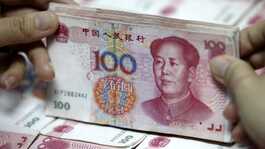ECONOMICS STUDY CENTER, UNIVERSITY OF DHAKA
|
TASIN RAIAN In an era of international trade and finance, a powerful currency is a must if one country or a group of countries wants to dominate the global economy. But turning one’s local currency into a global hegemony of reserve currency isn’t a piece of cake. It needs precise planning both economically and politically. The US has done exactly that with the dollar and made a strong grip in its position as a global superpower. The system in which the USA made dollar a global currency is more or less an open secret among economists. It is based on a fixed-payments system between the US dollar and oil. It gives the US a huge advantage because oil is the primary source of power generation. This system is informally known as the petrodollar. Historical background Just after the WW2 the war-stricken world needed a new international system to replace the ‘Gold Standard’ as most of the countries were debt-ridden due to the expenses of the war. In 1944 during the Bretton Woods Conference it was decided that due to the economic and political dominance of the United States , the US dollar will be adopted as the global currency of the new system. But unlike now, the US dollar was backed by gold and a fixed exchange rate between the dollar and gold was set at $35 per ounce of gold. It simply implied that the US dollar could be converted to gold at a fixed exchange rate. This system helped to bring the world economy back on track after the World War. In the 50s and 60s all countries in Europe and North America were going through rapid industrialization. According to many, the Bretton Woods System contributed most to the growth, with the expansionary policies first introduced by Keynes.  The Nixon Shock The 37th president of the United States, Richard Nixon, is known for many things, especially the Watergate scandal. But the new economic policies introduced by him was a more nuanced initiative. During the 1960s, the US dollar supply in the international monetary system exceeded the gold reserve of the United States. The Nixon administration presumed that this might lead to devaluation of the dollar. So on August 15, 1971, in a televised programme Nixon introduced the new economic policies. One key component of the new policies was the abolishment of the Bretton Woods System and replacement of the system by floating exchange rate of the US dollar. These new policies were not as well received internationally as they were in the United States. The JECOR Trick In October 6, 1973, a coalition of Arab states led by Syria and Egypt declared war against Israel which is known as Yom Kippur war or Arab-Israeli war. The Arab states were (and still is) the world's largest producer of oil and opted to use oil as a leverage against Israel and its allies in the west, specifically the United States. The Arab countries formed The Organization of Petroleum Exporting Countries or OPEC and triggered an oil price increase. This worsened the US economy which was already facing stagflation due to debts acquired from the Vietnam war. The oil price increase pushed the US economy into the worst recession since WW2. Amid these circumstances United States was forced to make a negotiation with OPEC where the Saudis were the most relevant party as they were the largest oil producer. The negotiation was initiated in the form of US - Saudi Arabian Joint Commission on Economic Cooperation or JECOR in 1974. The JECOR was the brainchild of William E Simon who was the Nixon administration’s last treasury secretary. The commission proposed to the Saudi authorities that countries in OPEC will sell oil exclusively in US dollars to everyone who wants to buy oil from them. In exchange, the US will invest in OPEC countries to improve their infrastructure. The Saudis agreed to the negotiations proposed by JECOR.  The Aftermath The deal proposed by JECOR proved quite profitable for the Saudis and for countries in the OPEC overall. In the early 1970s, the Saudi government’s annual revenue from oil was less than $4 billion. By the end of 1981, the number rose to $102 billion. After the negotiations, the US dollar had complete monopoly over the price of oil, because anyone who wanted to buy oil from the OPEC countries had to pay the price in US dollars. This deal increased the demand for US dollar by many folds and eventually made the US dollar the world’s reserve currency. Another aspect of the JECOR deal was that according to the deal, the Saudi government had to recycle the money back to the US. In simple words, the Saudi government had to reinvest the income earned from oil back in the US. This recirculation scheme was the most important part of the deal for US because this mechanism would eventually enable them to pay their previously acquired debt.  The China Menace Many attribute the success of the JECOR deal to the fact that at the time of the deal, the US and its primary ally, the European Union, were the largest consumers of oil. This helped convince the Saudi and OPEC authorities as a whole that the deal will not go haywire. But considering current circumstances this is not true anymore. The Asia-Pacific region surpassed North America in terms of oil consumption in 1997. The key driver of this region’s growth has been China with its unprecedented industrialization. China is well aware of the power of the US dollar and from its action it looks like that they are determined to undermine the US dollar’s influence. China and Russia established a bilateral agreement in 2017 worth 68 billion Chinese yuan ($10 billion) in which China will pay for Russian oil in Chinese yuan. In 2017, China became the largest trading partner of Saudi Arabia with investment in infrastructures such as oil refineries worth more than $65 billion. According to many, all of these investments point to the fact that China wants to end the monopoly of US dollar and make their own “Petro Yuan”. The New Fall It's not unknown to the US that as newly industrialized countries in Asia like China now lead the global oil consumption the petrodollar system will become less effective. This forced the US to increase its oil production by using a technology named fracking and for the first time, the US became a net oil surplus country in 2019. Meanwhile, the OPEC+ summit in March 2020 failed to make any agreement between the oil-producing countries, and Russia walked out of the summit. As a retaliation, Saudi Arabia started a price war on oil against Russia by discounting 8$-10$ per barrel. Saudi Arabia can afford to do this due to its low production cost. But this whole process was mistimed as the COVID -19 pandemic cut the global oil demand up to 33%. The US oil became the collateral damage of the price war as its production cost is very high. All major oil price index dropped to their all-time low point in decades. On April 20, 2020, WTI (West Texas Intermediate) which is one of the two major oil price indices went to the negative territory at – $37.63. The Future China is far from making yuan a global currency and only time can tell whether they will be successful or not. Turning domestic currency into global reserve currency certainly grants enormous power over the global economy. But the important question to address is: what is the economic and political consequences of having a global reserve currency? References:
https://nationalinterest.org/feature/the-end-the-petrodollar-25002 https://www.investopedia.com/articles/forex/072915/how-petrodollars-affect-us-dollar.asp https://www.gao.gov/assets/130/126054.pdf https://www.investopedia.com/terms/n/nixon-shock.asp https://www.thebalance.com/what-is-a-petrodollar-3306358 https://www.bloomberg.com/news/articles/2011-08-04/the-nixon-shock https://www.mei.edu/publications/cooperation-under-radar-us-saudi-arabian-joint-commission-economic-cooperation-jecor https://www.asiatimes.com/2019/12/article/yuan-globalization-remains-a-long-way-off/ https://news.cgtn.com/news/2019-08-21/The-rise-of-the-Petroyuan-Circumventing-U-S-sanctions-and-hegemony-JkB6DODKqQ/index.html
0 Comments
Leave a Reply. |
Send your articles to: |


